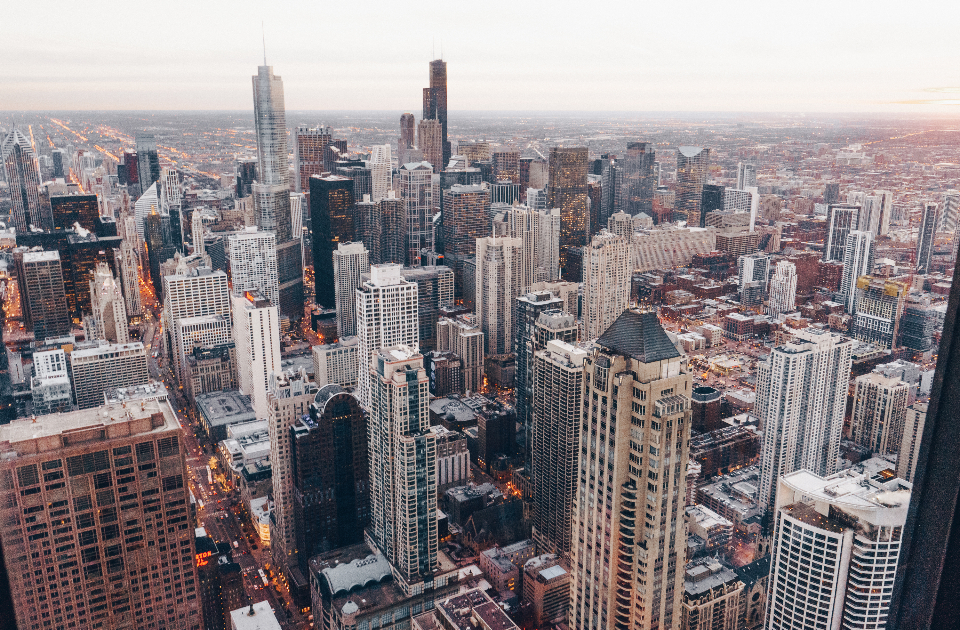Cities open doors, bring people together and make everyday life more practical. However, to fully realize our cities’ enormous potential, we must plan our cities with the inhabitants’ best interests in mind. Holistic city design can increase people’s well-being and make choosing sustainable modes of transportation easier.
Moreover, half of the world’s population lives in metropolitan areas daily. Almost three-quarters of EU people live in cities. Cities also serve as the backdrop to much of a country’s social and economic activity, symbolizing optimism for a better future and serving as reminders of our cultural history.
When developing a city, we must consider the daily activities that occur there, and the city must connect us to our individual and social identities to produce a more just and sustainable urban growth. Connections improve choice, boost social cohesion, make communities more dynamic and safe, and make human interaction easier. The ability of transportation infrastructure and services to connect and support sustainable communities and cities is a key consideration in good urban design. Reduced travel times and less environmental effect are advantages of places with good connectivity between activities and placement of services. Residents and visitors can travel in an urban area with well-defined physical layouts and activity patterns.
Travel Modification in Urban Cities
Cities all around the world have been built with the automobile in mind for the past 70 years. With car-dependent populations, cities transform from walkable streets to car streets and parking spaces, neglecting their importance for interaction. While car transportation gives flexibility, it also reduces the effectiveness of urban living by producing traffic congestion, inefficient space utilization, greater distances between services, air pollution, greenhouse gas emissions, and time loss. “Access-by–movement” replaces “access-by-proximity” as a result of this development. Many specialized metropolitan public services are being upsized and centralized.
The quality of urban space influences people’s transportation choices. When urban environments are designed with people in mind, they not only generate a stronger feeling of peace and comfort but also encourage the use of more environmentally friendly modes of transportation.
Cycling and walking are the two most environmentally friendly modes of transportation in the city, and both improve our mood. Several studies show that persons who select an active mode of transportation to commute rate their lives as being more satisfying than those who go by automobile.
People who take public transportation have higher “life satisfaction over time” than those who drive. One explanation is that public transportation frequently entails physical activity, such as walking to and from the bus stop.
Better Cities in the Making
We can promote sustainable transportation and improve the quality of life in metropolitan areas by implementing holistic city planning. After looking at examples of good city planning from around the world, we’ve come to the following conclusions:
- It’s critical to have a comprehensive approach to enable residents and visitors to feel good about their sustainable travel alternatives. Attractive urban places that have been thoughtfully planned from a human perspective boost people’s well-being and make it simpler to adopt sustainable modes of transportation.
- Urban nodes, which have high traffic volumes, are critical locations that demand specific attention to make it easy for people to make sustainable decisions. Transport nodes can be designed as places for public services, leisure, shopping, meetings, culture, and all kinds of social exchange by creating a good accessible distribution of well-designed urban nodes within the city and by designing them as places for public services, leisure, shopping, meetings, culture, and all kinds of social exchange.
- We must pay attention to the overall structure and the urban links for the transportation system to function properly. The design of these links has a big impact on how people perceive things as being “near” or “far away.”
- Holistic urban planning must include all citizens, disciplines, and other stakeholders. Planners can use tried-and-true strategies to help them achieve their aims for sustainable city development:
- Placemaking is an urban planning method that emphasizes community participation and stakeholder ownership of the process and outcomes.
- In terms of technical and policy aspects of sustainable urban development, SymbioCity encourages the integration of viewpoints from several disciplines.
- Continuous improvement of city planners’ skills and capacity to adapt to new approaches is critical to their success.
Read more on INJ Architects:
